These three maison are at the forefront of green practices – from increasing biodiversity to eliminating packaging, and reducing bottle weight, they are finding ways to reduce carbon footprint in their own ways. Find out how these champagne houses are doggedly championing sustainability today for the benefit of future generations.
Minimalism Over Extravagance
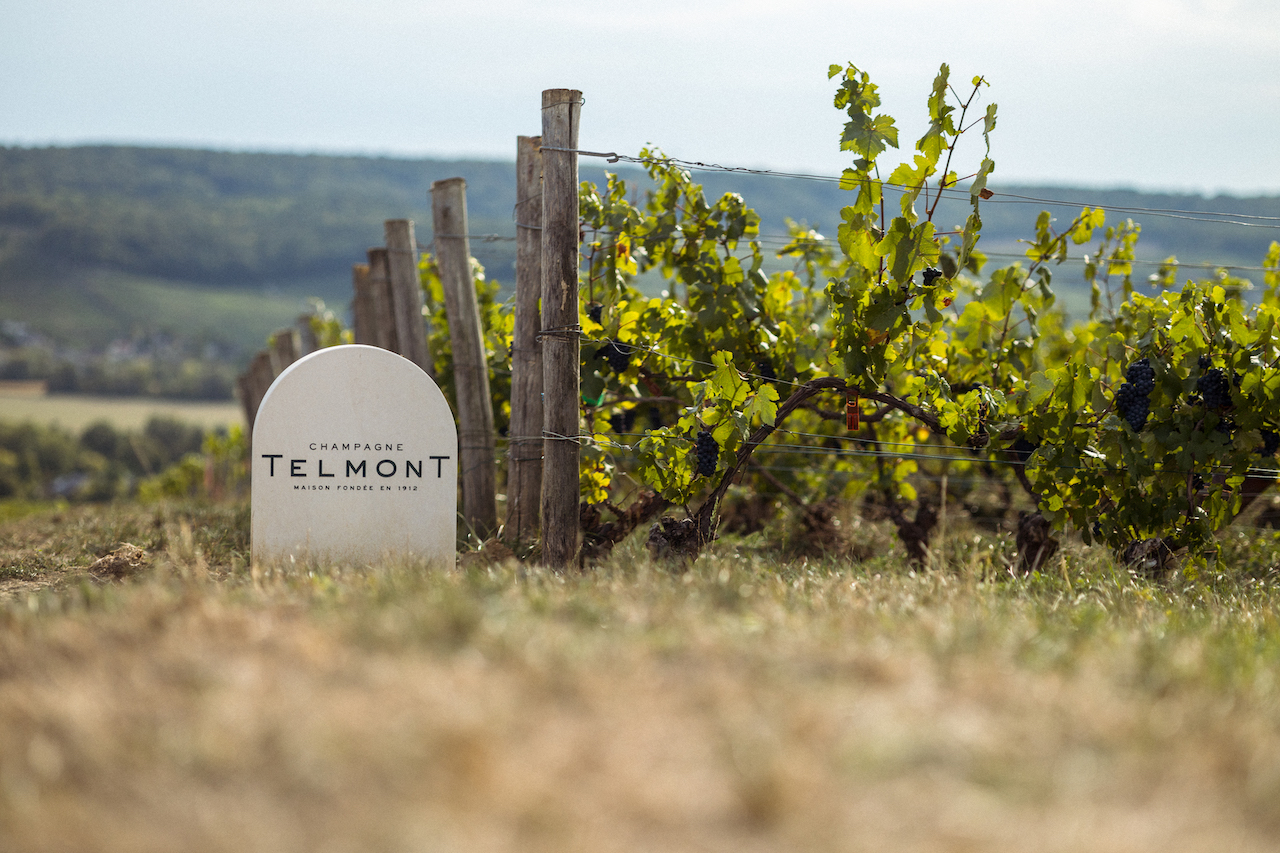
Champagne Telmont located in Damery, about 10 minutes by car from Epernay, has been steadily and actively working on their sustainable initiatives. After launching their “In the Name of Mother Nature” project, the company embarked on a complete overhaul of their packaging to get rid of everything that was unnecessary.
Ludovic du Plessis, president of Maison Telmont, believes that the CIVC (Interprofessional Committee for Champagne Wine) is doing a great job in pushing the sustainability efforts of the Champagne region. “They are doing a lot to promote biodiversity. But at Telmont, we go one step further,” he says.
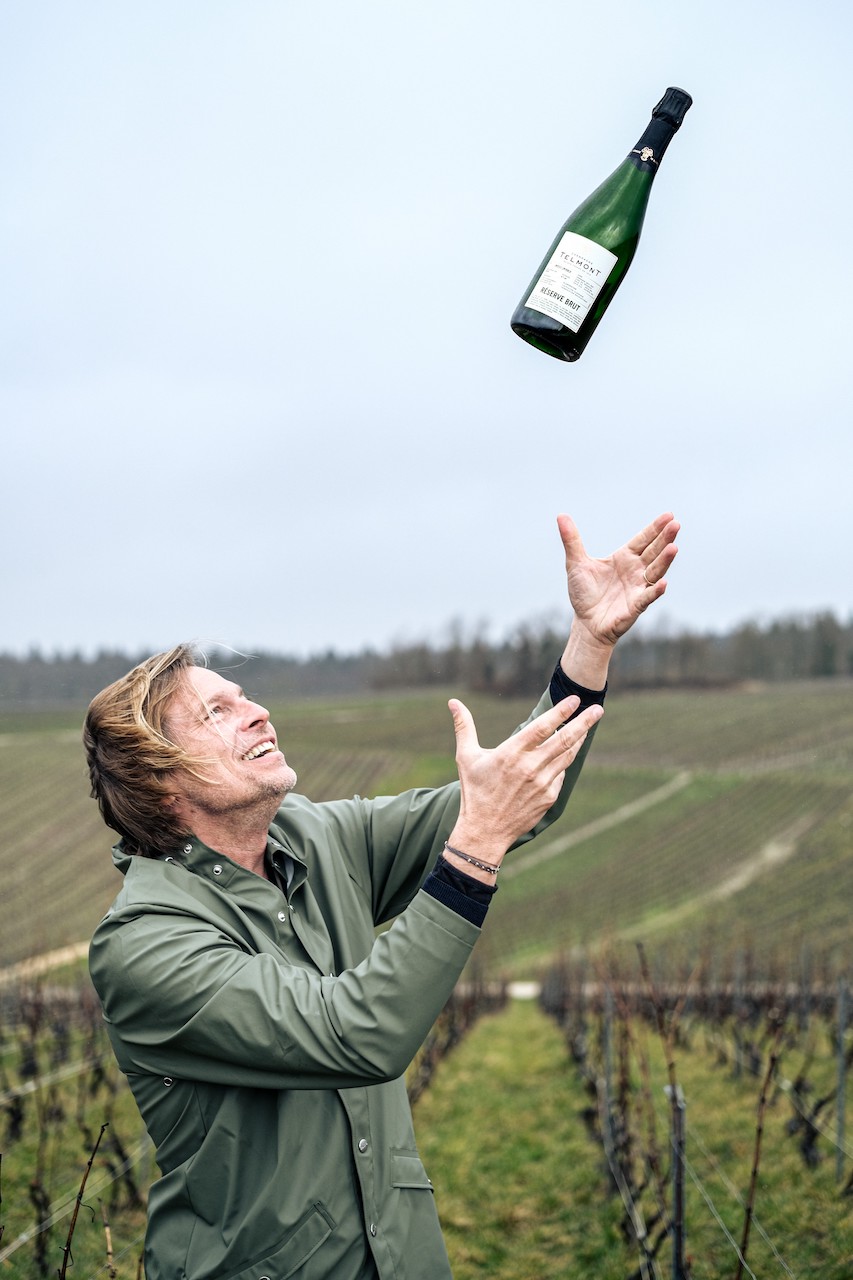
The champagne house firstly aims to increase biodiversity, and then fully convert to organic farming by 2031 – for their own estate’s vineyards and those of their winegrowing partners. This means no longer using herbicides, pesticides, fungicides or chemical fertilisers. It’s an ambitious plan. And they are now almost 50 percent certified or in the process of conversion.
Beyond that, Telmont is trying to decrease carbon footprint as much as they can. “Our objective is to reduce it by 90 percent. How are we going to do that? By making a bold, but common sense decision. For example, we have stopped using gift boxes. The best packaging is no packaging. Just by doing that, we reduced the carbon footprint of each bottle produced by 8 percent – and this is big!,” says Ludovic.
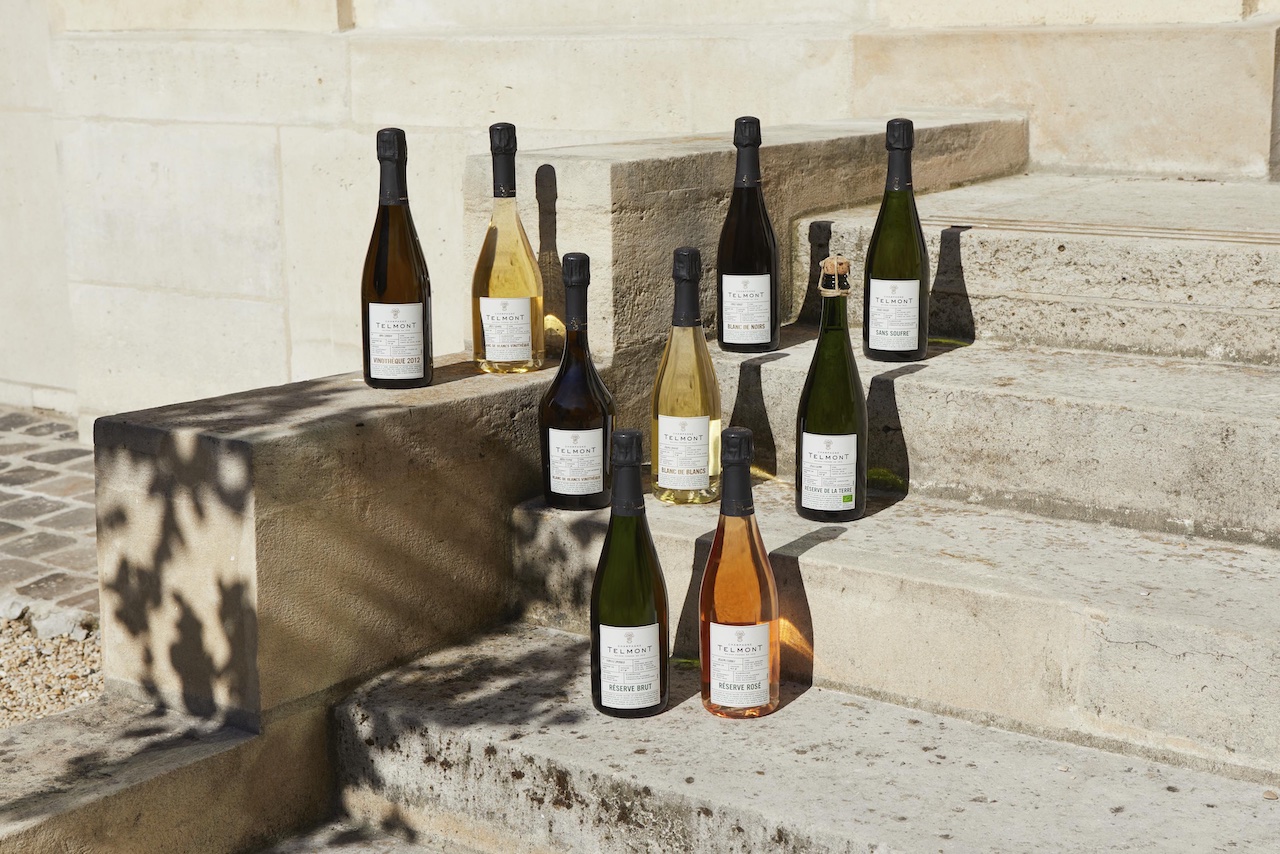
Bottle-wise, Telmont made three big commitments. “First, we decided to stop the use of the transparent bottle because it’s made from zero percent recycled glass,” shares Ludovic. Instead, they use green champagne bottles which is made from 87 percent recycled glass.
He continues, “We are going to stop using bespoke bottles as well, because each bottle weights 900g. We prefer the classic standard bottle, which is 835g. But now, we push the limits because we’ve just come up with a 800g bottle. It is a revolution, and the results are positive. So we are moving to the production of the bottle at 800g.”
Ludovic wishes that all the champagne houses will embrace these efforts – essentially to reduce the weight of the bottle, to stop using gift boxes, and also to move to organic agriculture. “So far, only 4 percent of the Champagne region is certified organic. It’s not enough,” says Ludovic, adding that he hopes Telmont can inspire everyone in the region to do so as it’s a collective effort.
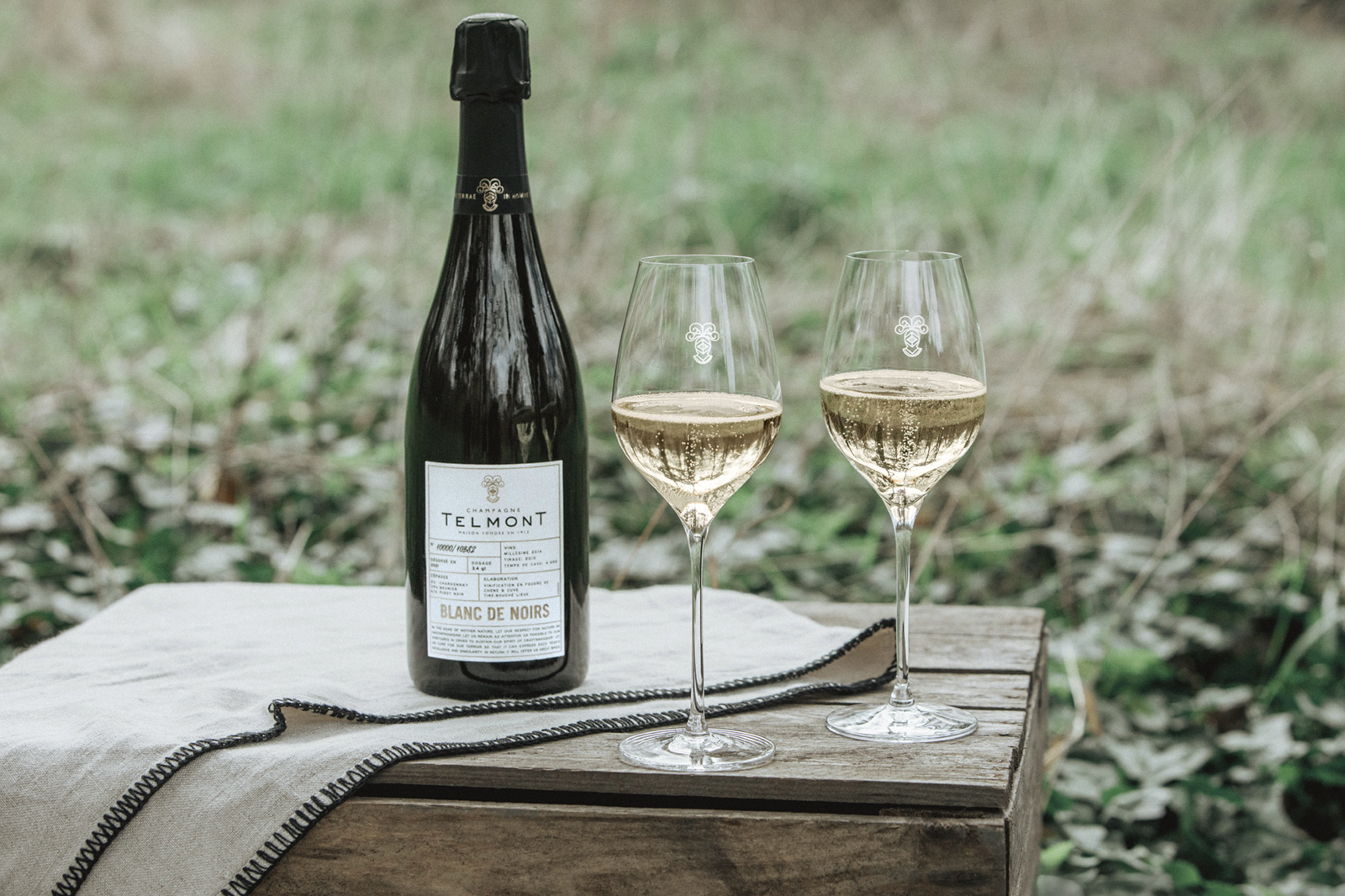
A self-confessed climate optimist, Ludovic strongly believes that if his maison makes the right decision today, they will be able to help in their own ways to contain climate change [in line with COP21 (the Paris Climate Conference)] to keep global warming at 1.5°C to 2°C.
Another radical choice that Telmont made in 2021 was a complete halt to air freight, even when delivering to far-flung locations around the globe. From 2025, the Neoline cargo sail ship (wind-powered maritime transport) will transport the champagne bottles across the Atlantic to the US.
Additionally, Telmont buys green energy from renewable sources. “All our vehicles are electric vehicles. And biofuel is used for the tractors,” says Ludovic who lives in Paris. He usually rides his bicycle to the train station in Paris and catches a train to Champagne. He then cycles for about 30 minutes to the vineyards in Epernay. “We do that three times a week. If it’s raining, we’ll still do it,” says Ludovic.
Prepping For The Next Gen
Founded in 1808, boutique champagne producer Champagne Drappier has taken every effort to reduce their carbon footprint. In fact, in 2016, it became the first carbon neutral estate in the region.
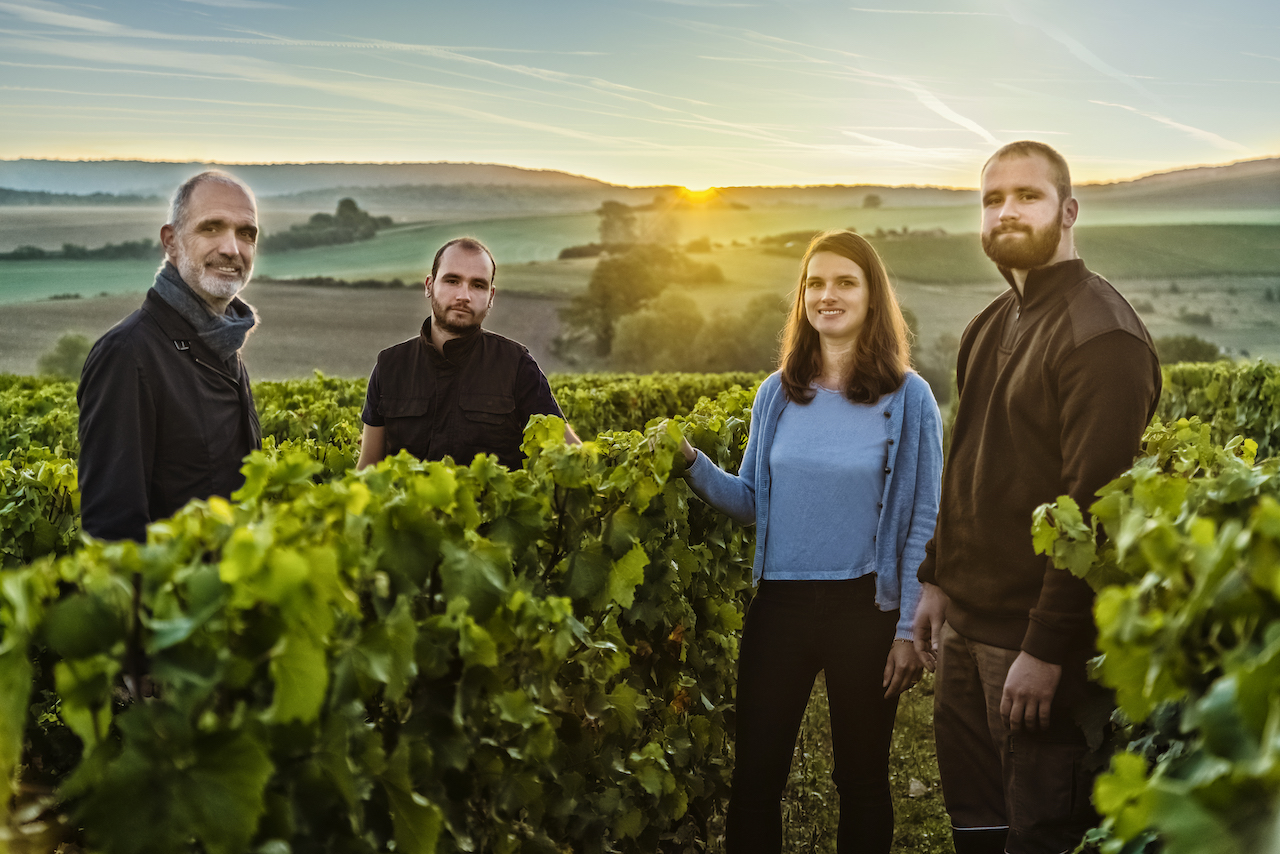
Michel Drappier, president of Champagne Drappier says, “Champagne Drappier decided to be more sustainable since 1989 when my daughter Charline was born.”
He shares, “In 2009, we invested in our first solar roof to produce sustainable electricity. The [move] was successful, as our goal [then] was to be, one day, carbon neutral. Using the Comité Champagne software dedicated to Bilan Carbone [which quantifies greenhouse gas emissions], we have worked on reducing our emissions. After investing in a more powerful and precise software, we have worked on further reducing all our emissions while producing renewable electricity and capturing carbon.” In was in January 2016 that Drappier’s efforts were rewarded with a Neutral Carbon Footprint certification by Ecoact.
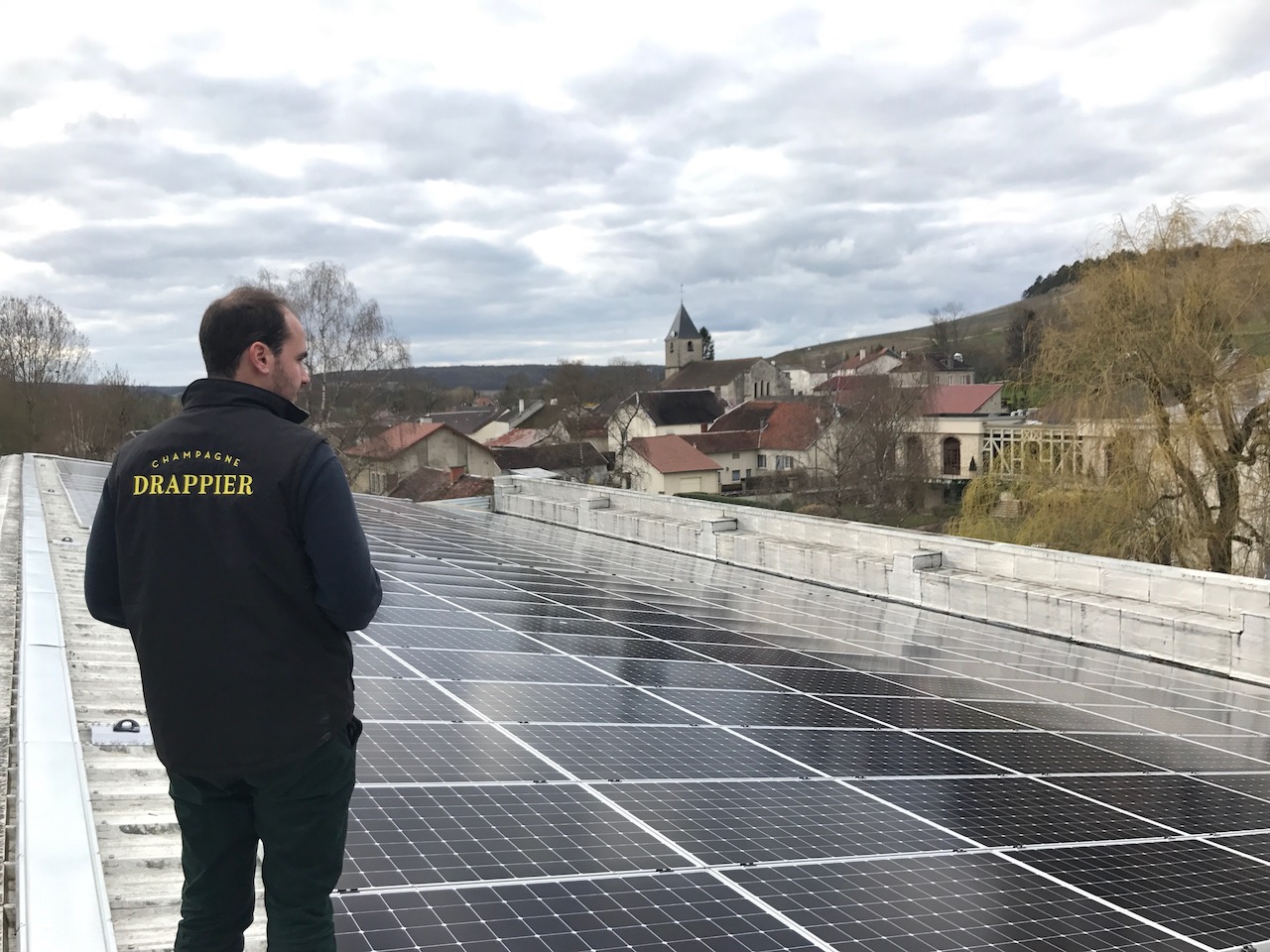
He adds, “We use the tools and material we have in our hands to make and promote Vin de Champagne from our terroir. My children Charline, Hugo and Antoine are going much further than I did. We will have 100 percent self sustaining electrical power generating capabilities in 2025. We are already at 75 percent.”
Michel shares how this is being achieved by his champagne house: “With the exception of our historical house and buildings (roof), which are covered with traditional tiles, all facilities (roofing) at Drappier are now covered with solar panels. In 2025, a new cellar will be equipped with a 400 KWc solar roof. All this equipment will be more than enough to satisfy our needs for electricity.”
To deal with climate change concerns, Drappier has taken further steps with their varietals cultivation too. “We grow the eight varieties officially allowed [to produce champagne] – to see which of them will adapt better to the changing climate,” says Michel.
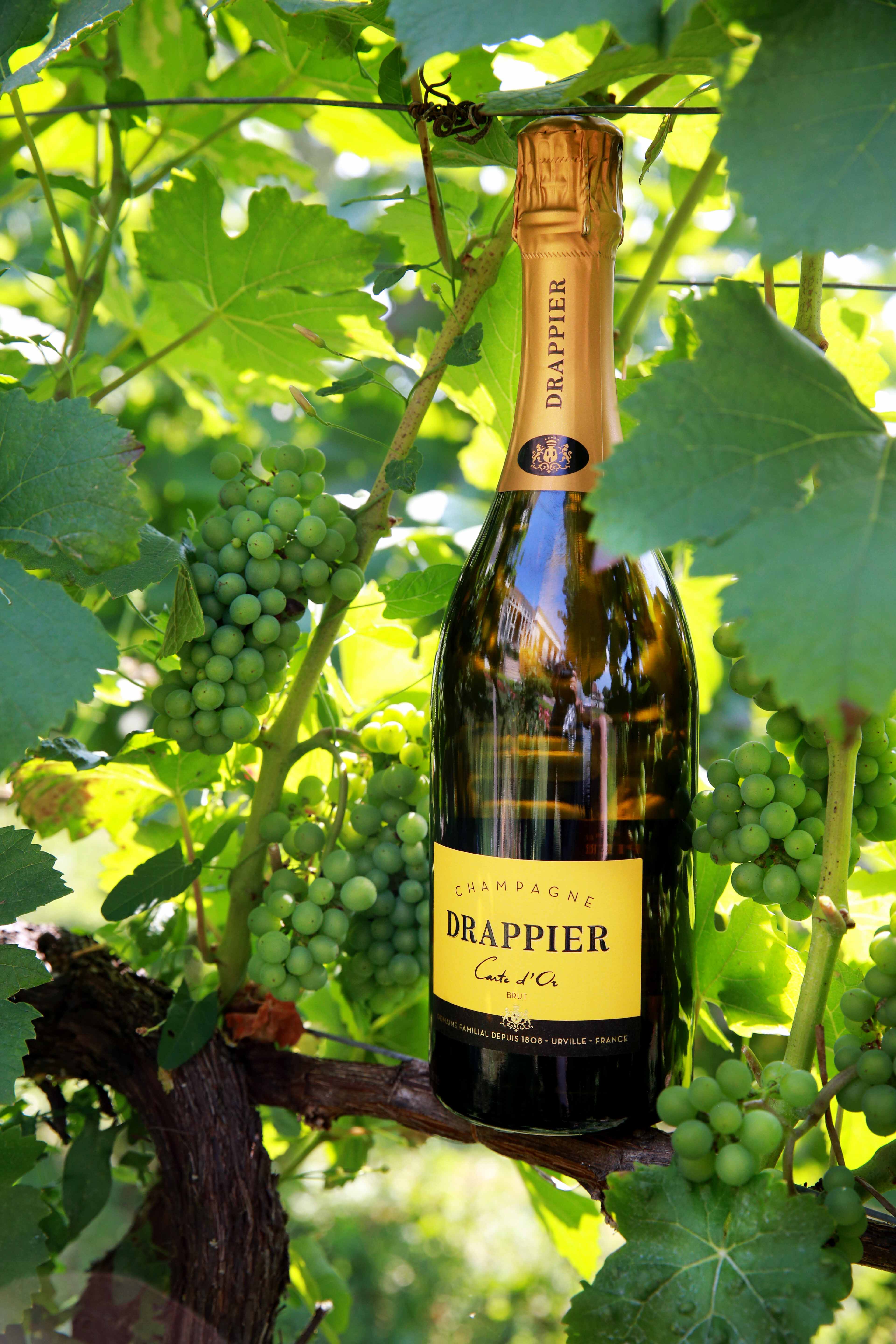
He explains, “Pinot Noir is the oldest and most traditional variety introduced in Champagne in 1115 by Bernard de Clairvaux. A fine variety for temperate climate. Chardonnay is a relatively recent son of Pinot Noir, also for temperate climates but more adaptable. Meunier is a mutation of the Pinot Noir – fruity but fragile. Blanc Vrai (Pinot Blanc), another mutation of the Pinot Noir, is showing good potential in a warmer and dryer climate. Petit Meslier is a late ripening variety, which could bring freshness to the blends. Arbanne is another late ripening variety, whose quality and harvested quantity is increasing with global warming. Fromenteau (Pinot Gris) is already very matured in our current climate – and it could be an addition to a balanced blend. Finally, Voltis is a new variety authorised only for a 10-year trial period. It is resistant to most diseases found in Champagne. We will tell you more about it in 2033.”
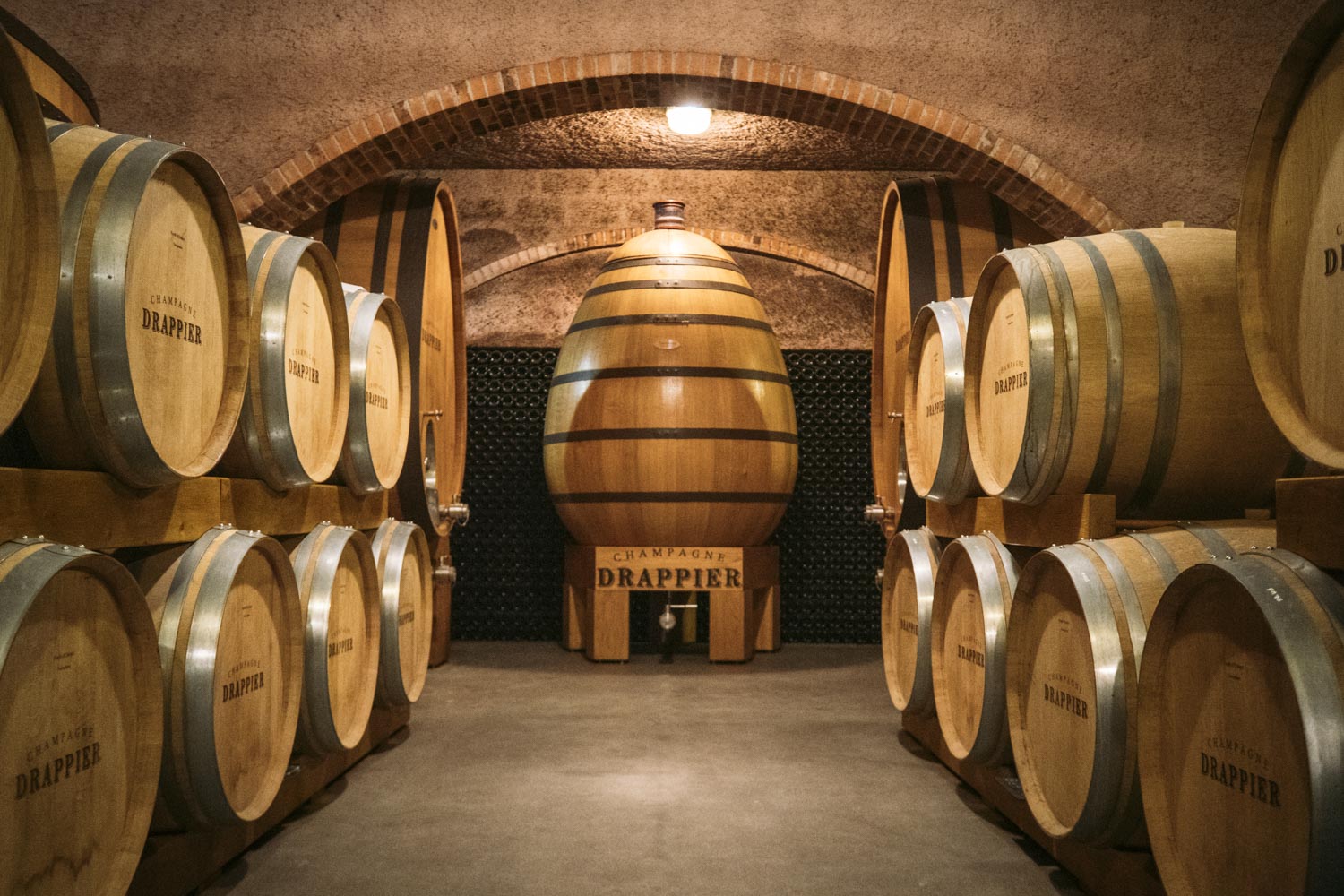
Drappier is also currently investing more in oak vats and sustainable cellars. Michel shares, “A new sustainable cellar will be dug in our limestone and clay at a depth suitable for a natural temperature. There will be no AC in this cellar.” Drappier will use the most sustainable recycled concrete for the foundations and, where possible, natural soil. “We will also use underground water to keep the cellar humid and cool,” he adds.
Being carbon neutral means that, after 15 years of carbon reductions in the house, the remaining carbon emissions of Drappier is balanced by carbon capture and renewable energy from wind turbines. Michel elaborates, “We invested in Maharashtra wind turbines [in India] eight years ago. More recently we financed reforestation in Amazonia, and in 2022 bought a forest in Champagne with a programme of long-term plantations.”
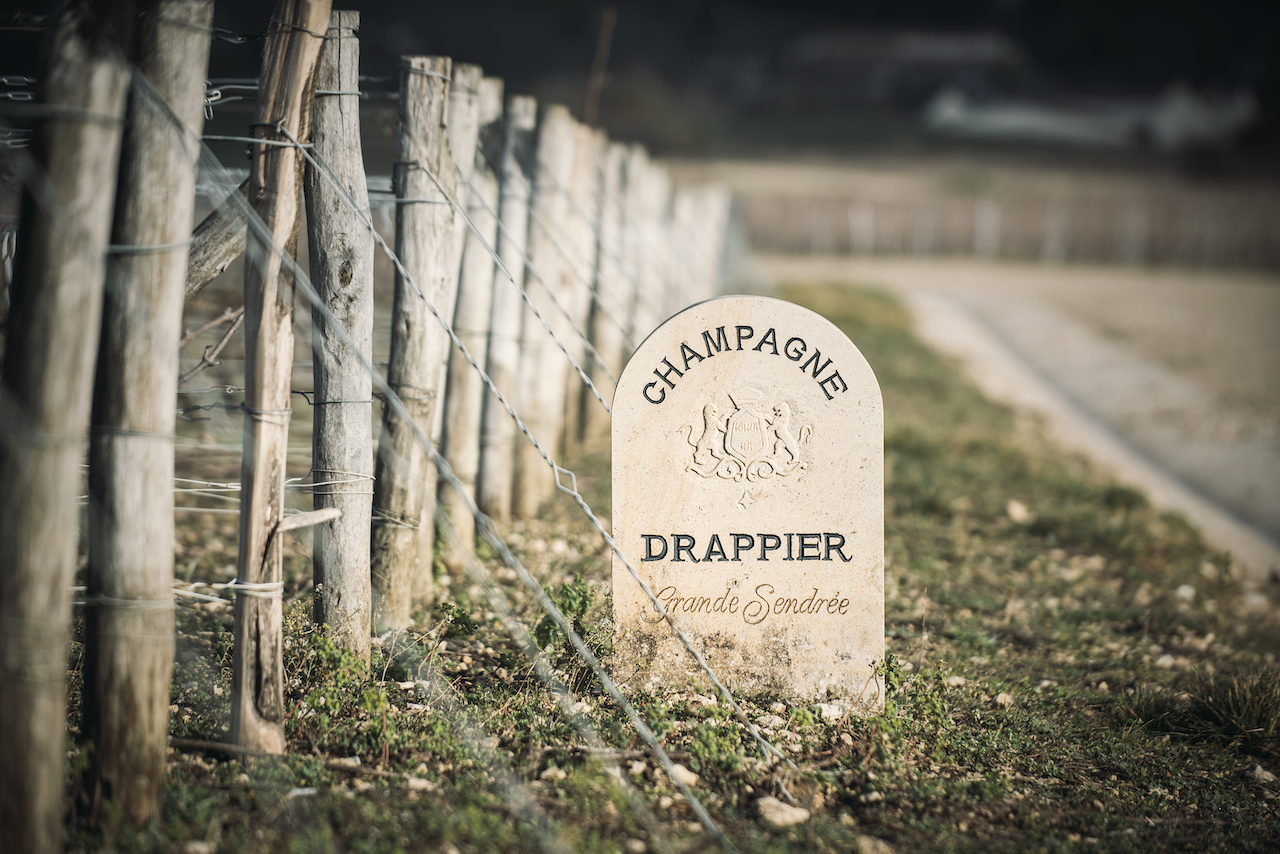
“We want to make and share champagne that’s close to nature, which is the expression of our village…and we want it to be totally environmentally friendly, ” Michel sums up. He believes that as Champagne is a UNESCO World Heritage site (Cultural Landscapes category), it is a duty for the Drappier family to help safeguard the region.
Respecting The Land
Champagne Billecart-Salmon is another maison that chooses cultivation methods that aim to protect the environment and promote biodiversity. The renowned 200-year-old champagne house was certified High Environmental Value and Sustainable Viticulture Champagne in 2017.
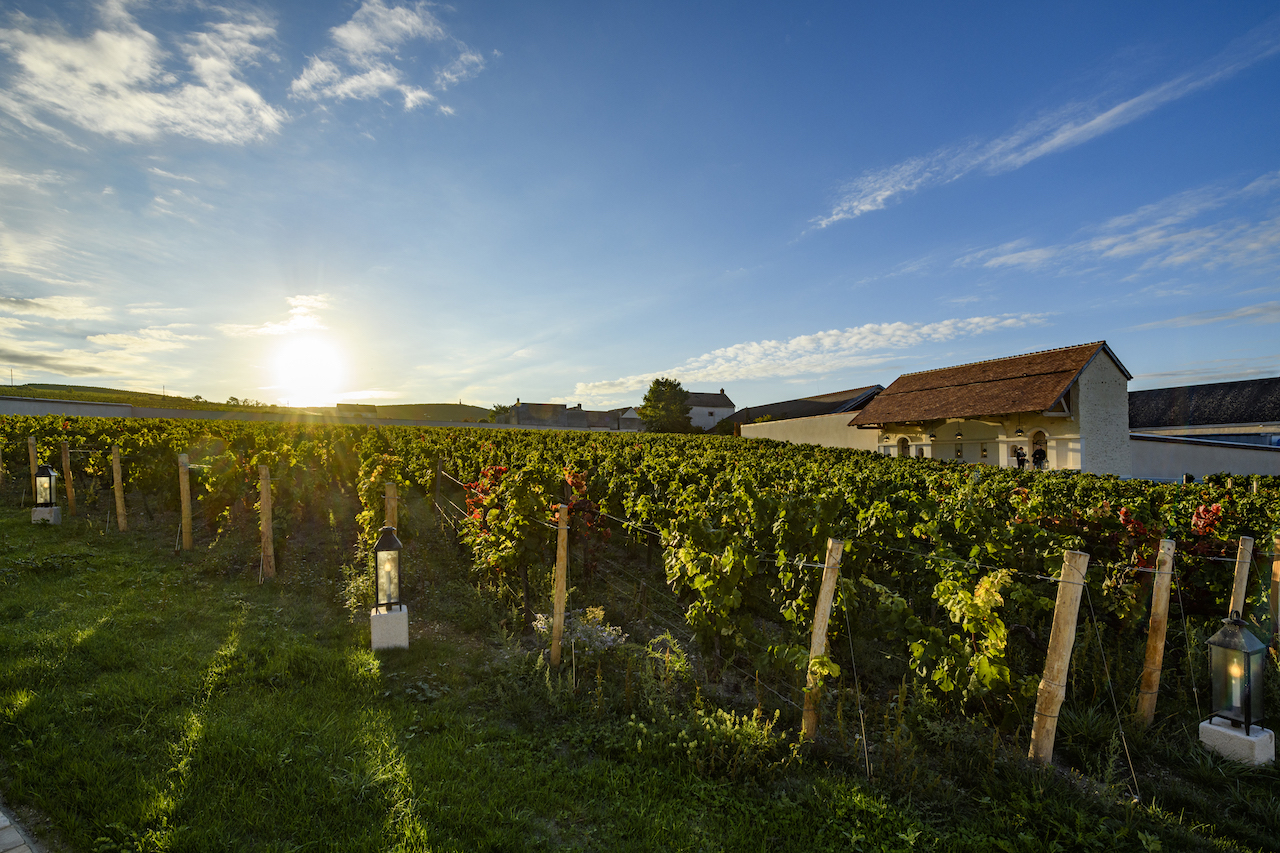
Champagne Billecart Salmon’s CEO Mathieu Roland-Billecart says, “There are plenty of initiatives around [to achieve net zero carbon emissions or focus on chemical-free farming]….but one needs to be careful of falling into the trap of one-off marketing announcements or responding to short term trends to ‘sound good’.”
He adds, “At Billecart-Salmon, we believe in taking a holistic and long term view on farming and winemaking and make sure it is grounded in solutions that are truly sustainable for the long term. Some of our initiatives the last few years include banning the use of chemical weed killers and converting 100Ha of our vineyard to organic (in 2021). That is just part of a long journey, instead of an end in itself.
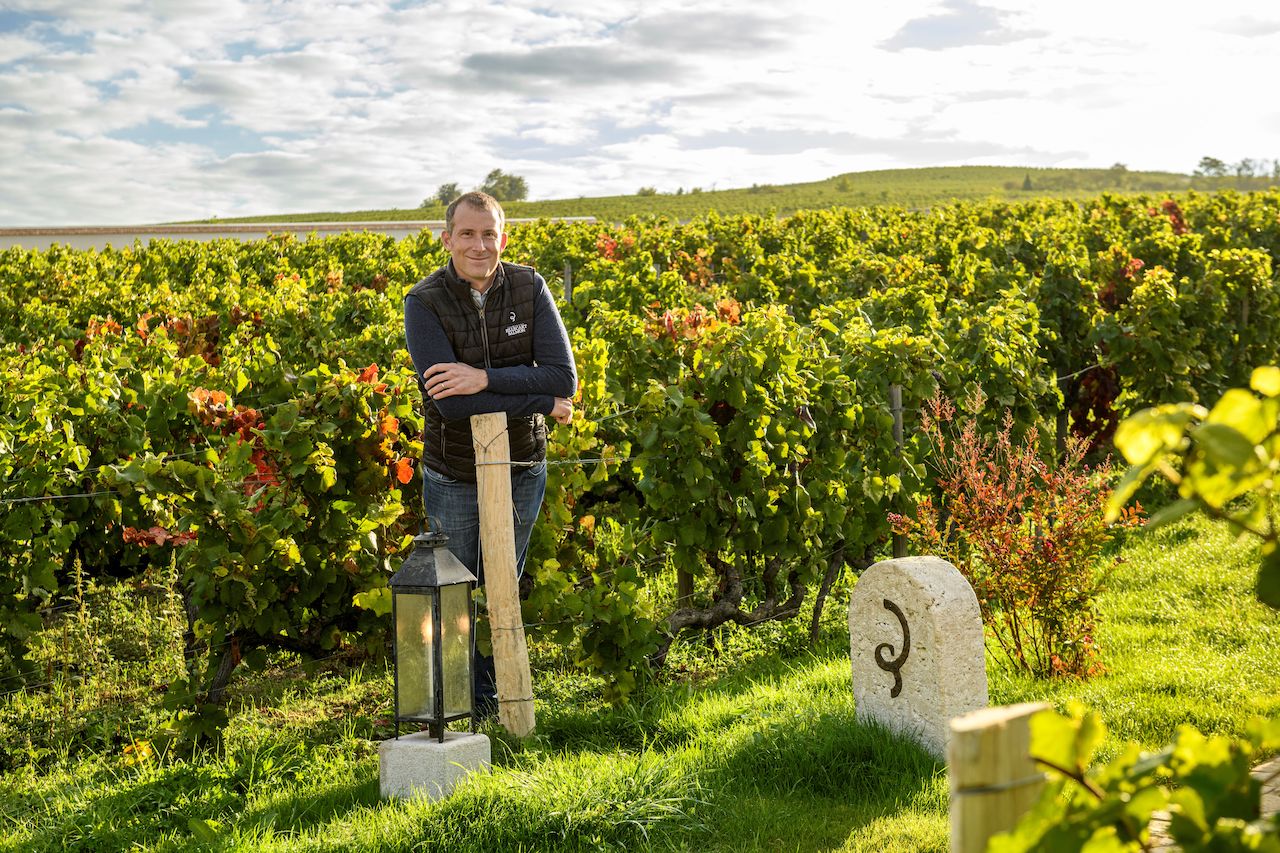
To fight certain vine diseases, Billecart-Salmon uses natural remedies and products from plants or micro-organisms. To promote biodiversity, they installed beehives (blossom honey produced by the house comes from the Clos Saint-Hilaire apiary). To reduce its carbon footprint, electric straddlers and cars are used to limit fuel consumption. And for their sustainable water management, the team collects rainwater and uses steam to clean the tanks and casks.
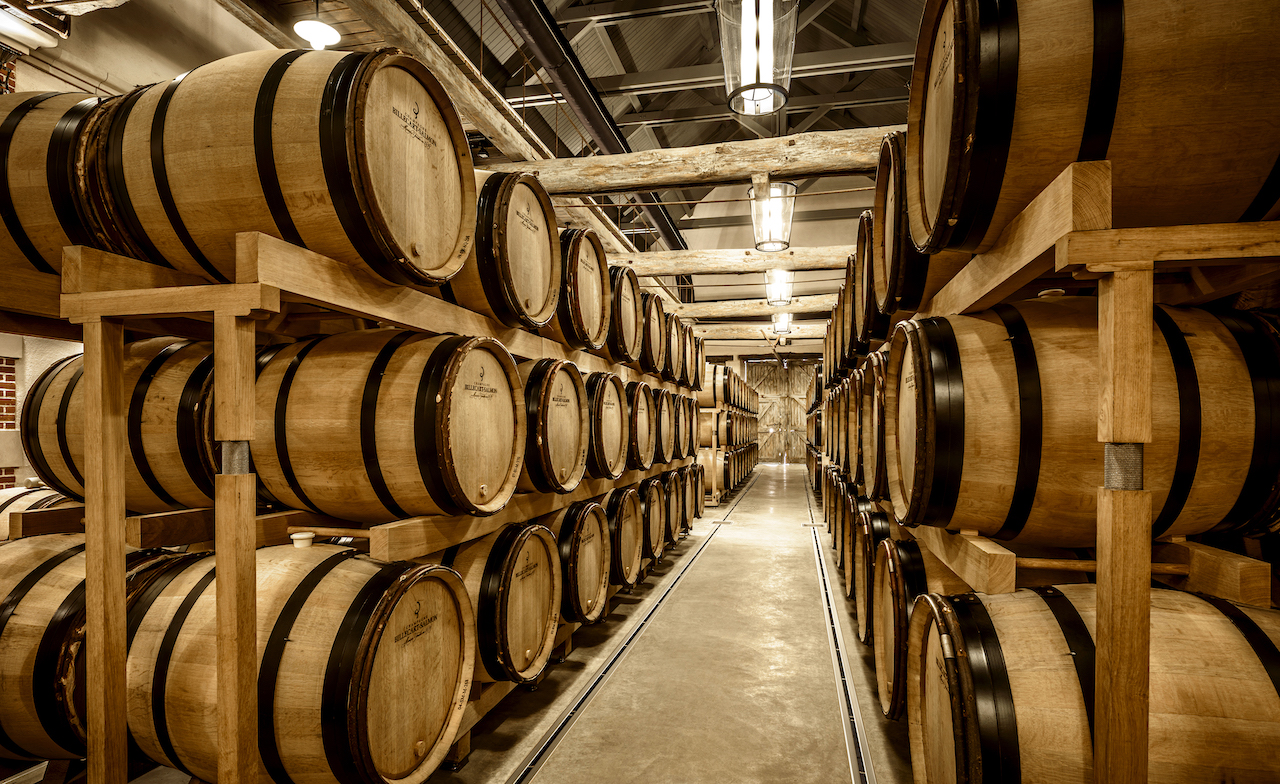
As for global warming issues, the optimistic CEO notes that if you take a long term view and consider the history, the warming up of the weather has been a rather positive element for Champagne so far as it has helped grapes to mature faster. He believes, however, that there are other pressing issues further ahead. “So far, we have adapted our culture of the vines mainly, and we are also harvesting a lot sooner than we used to. This has also impacted some of our blends and the dosage of our cuvées.” He adds that the biggest changes ahead is to rethink some of the root stock for the long run, and potentially the grape varietals they use.
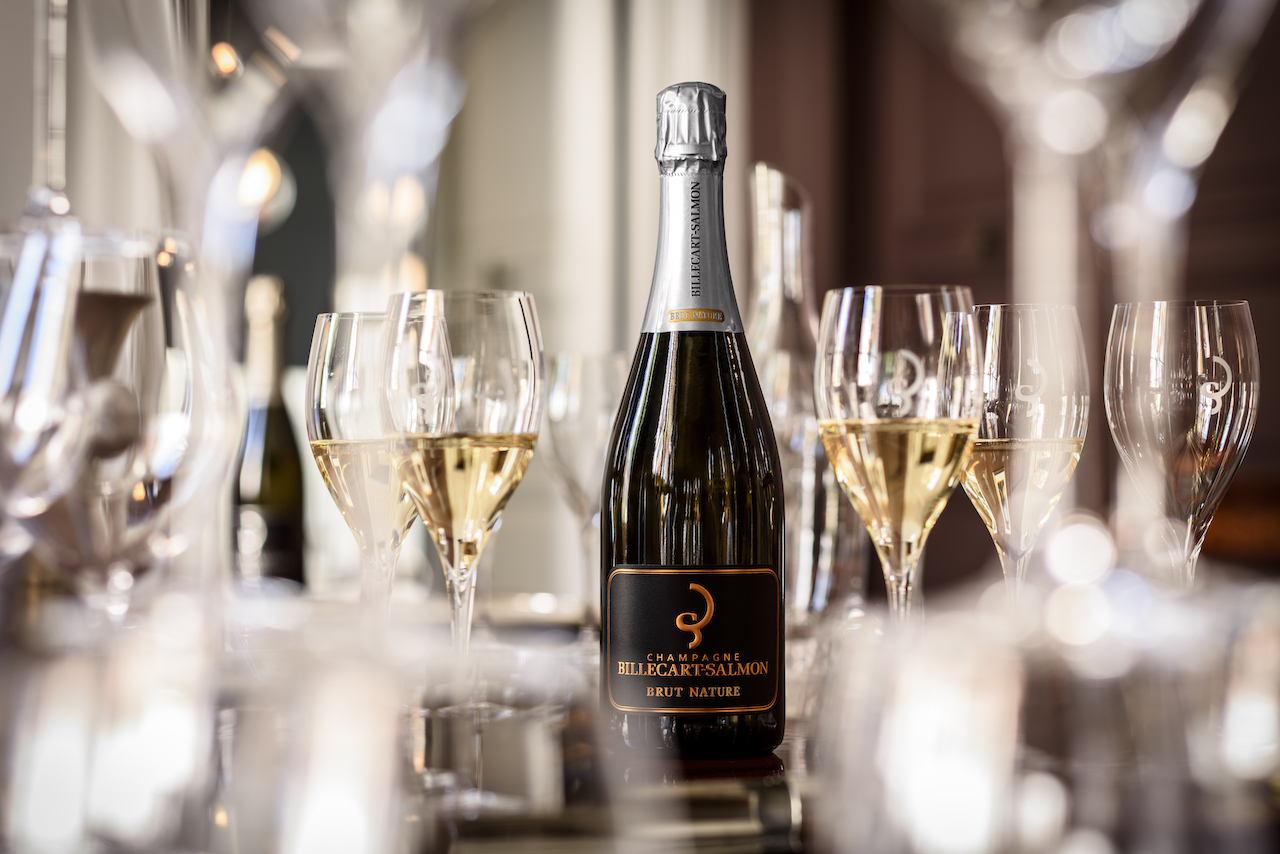
Mathieu adds, “Plenty of challenges ahead but making great wines has always been a story of mankind adapting to nature. That’s what we have done every year as vine growers and winemakers for the last 200 years so we are confident we can continue to adapt.”
Text by: Amy Van
Main image: Leif Carlsson/ Billecart Salmon
